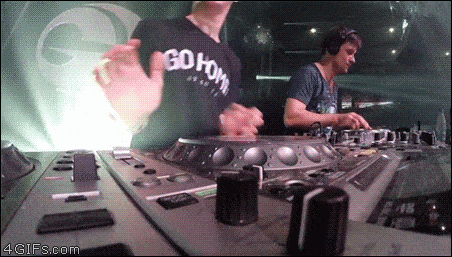Why do DJs constantly twist the knobs of the mixer?
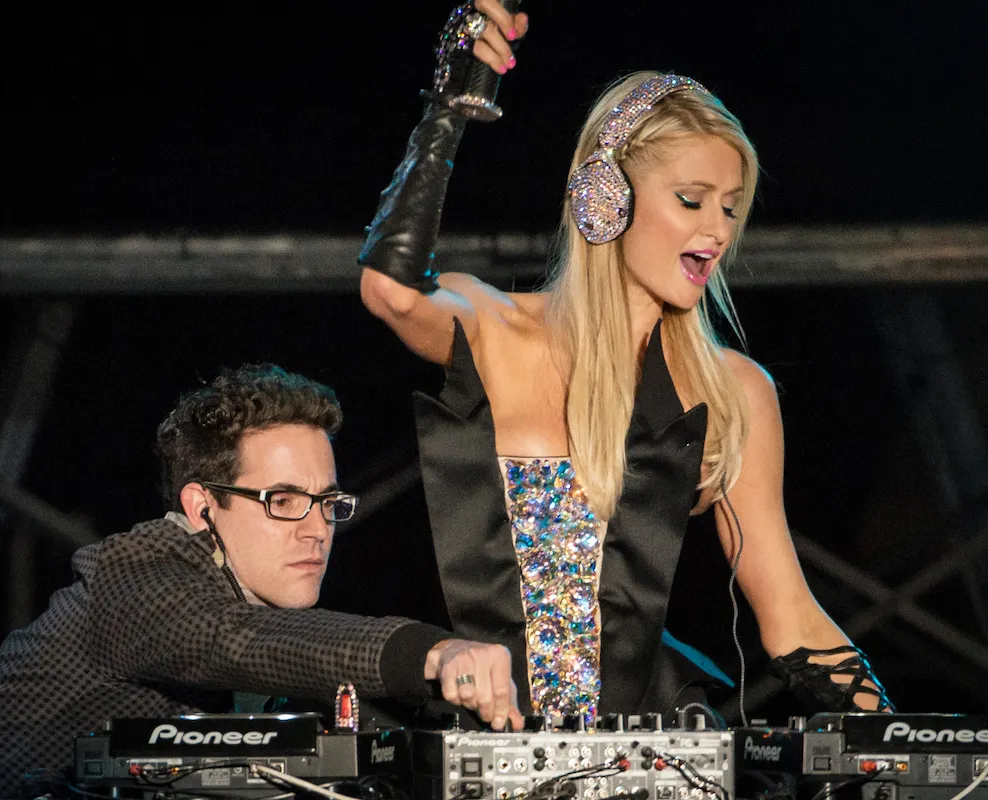
“Why do DJs constantly twist the knobs of the mixer?” We found this question in the sixth bag of letters and will be happy to answer it. As an example, let’s take an average DJ with an average taste. What do they play? Some bland and sugary organic house and melodic techno. All sorts of trending tracks that differ from each other only in name (Apparently this is why—to break this sonic gloom—all DJs are now filmed alongside picturesque views of Montblanc, the beaches of Zanzibar or the Mali desert).


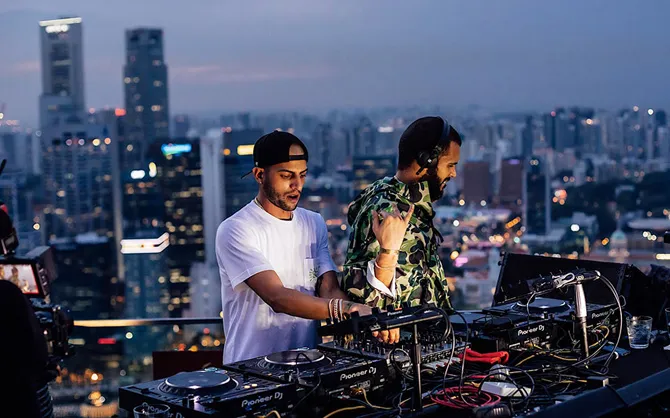
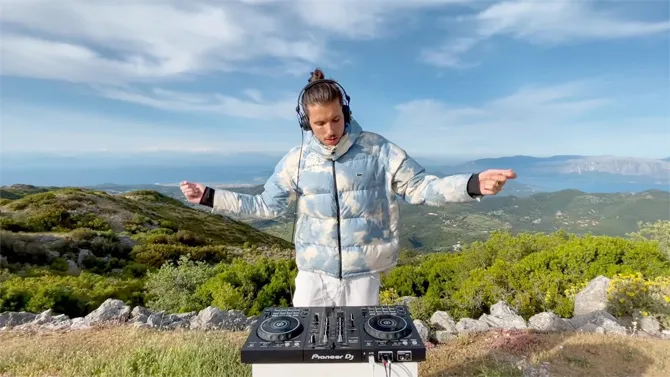

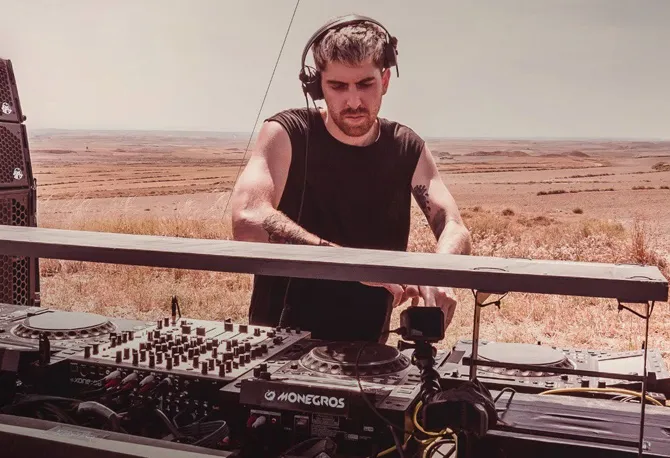
What equipment do those who have understood the meaning of the profession have? Usually, two turntables and a mixer in between. Since the dawn of time, the DJ had only one task—to make a harmonious mix, so that tracks imperceptibly flowed into one another, and the whole set was perceived as a single whole (Let’s take this as the main rule). To achieve this goal, rhythmic compositions are given the same speed—let’s say 130 beats per minute. Some tracks will be sped up for this, some will be slowed down. But this isn’t enough. When mixing one track with another, you also need to damp down the beat and percussion of one of them. Otherwise, if the bass drums match, the volume will be overloaded, and the DJ police will loom in the distance (the ones that control the vinyl only rule and the use of the sync button). Therefore, in order to get a lot of respect in the comments and not be exiled to uranium mines, the DJ uses a magical twisting of the knobs on the mixer: some damp down the lower frequencies of the bass drum, and others the clinking upper frequencies of percussion. It’s this sacrament that allows you to beautifully and imperceptibly merge the current track with the neighbouring one.
“But why do they twist the knobs even during the track?” the letter additionally asks. In short: there’s nothing else to do. You synced up the rhythm, drank a bit, raised your hands and clapped—20 seconds have passed, so what do you do for the other 4 minutes while the track is playing? Therefore, while the track is playing, DJs are engaged in simulating vigorous activity: they twist the knobs on the mixer slightly. They imagine they composed this music. But in fact, they only play it. So it goes.
